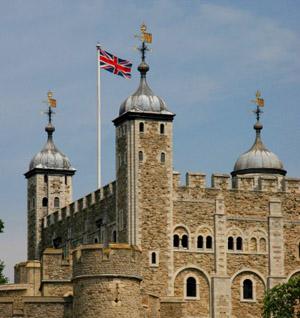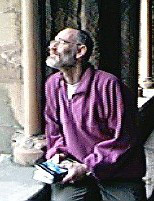Pollution regulations aimed at protecting human health are having an unexpected effect on the London skyline. Buildings such as the Tower of London complex were soot encrusted from as early as the thirteenth century because of fires and industrial smoke. Recently, they have taken on a yellowy-brown pallor as organic residues replace the elemental carbon deposits because of clean air regulations.
Researchers from the UK and Italy report details of the chemical and biological changes taking place at the Tower in the June 15 issue of Environmental Science & Technology.

The Tower
Peter Brimblecombe of the University of East Anglia and colleagues investigated the origin and transformation of elemental carbon and organic carbon from simple organic compounds in the black crusts that have formed over the centuries on stone walls in the Tower of London complex. The blackening of the past, they explain, is from elemental carbon from coal smoke released since the late 13th Century.
Conventional coal is little used in London today. We now see instead massively increased organic carbon emissions from motor vehicle exhausts. This change in pollution type coupled with a decrease in atmospheric sulphur dioxide, which is toxic to microorganisms, means there has been an increase in biological activity in the crusts of buildings.

Peter Brimblecombe
One should note that modern deposits have taken on a slightly different colour and now appear more brownish, the researchers say, These changes may arise from oxidation processes in the organic-rich materials. The team adds that the colour change is particularly evident at the Tower of London, where yellowing could soon become a greater concern than the habitual blackening in the near future. The increased organic content may have further aesthetic consequence by changing the colour of buildings to warmer tones, particularly browns and yellows, says Brimblecombe, Management of historic buildings requires us to recognize the shift away from simple gypsum crusts to those richer in organic materials.
The researchers point out that conservation science is motivated by a desire to protect our heritage, however, they add, the management of air pollution for the purpose of protecting human health should be seen as being distinct from measures taken for the preservation of the built heritage.
Further reading
Env. Sci. Tech., 2007, in press
http://dx.doi.org/10.1021/es062417w
Peter Brimblecombe
http://www.uea.ac.uk/env/people/facstaff/brimblecombep